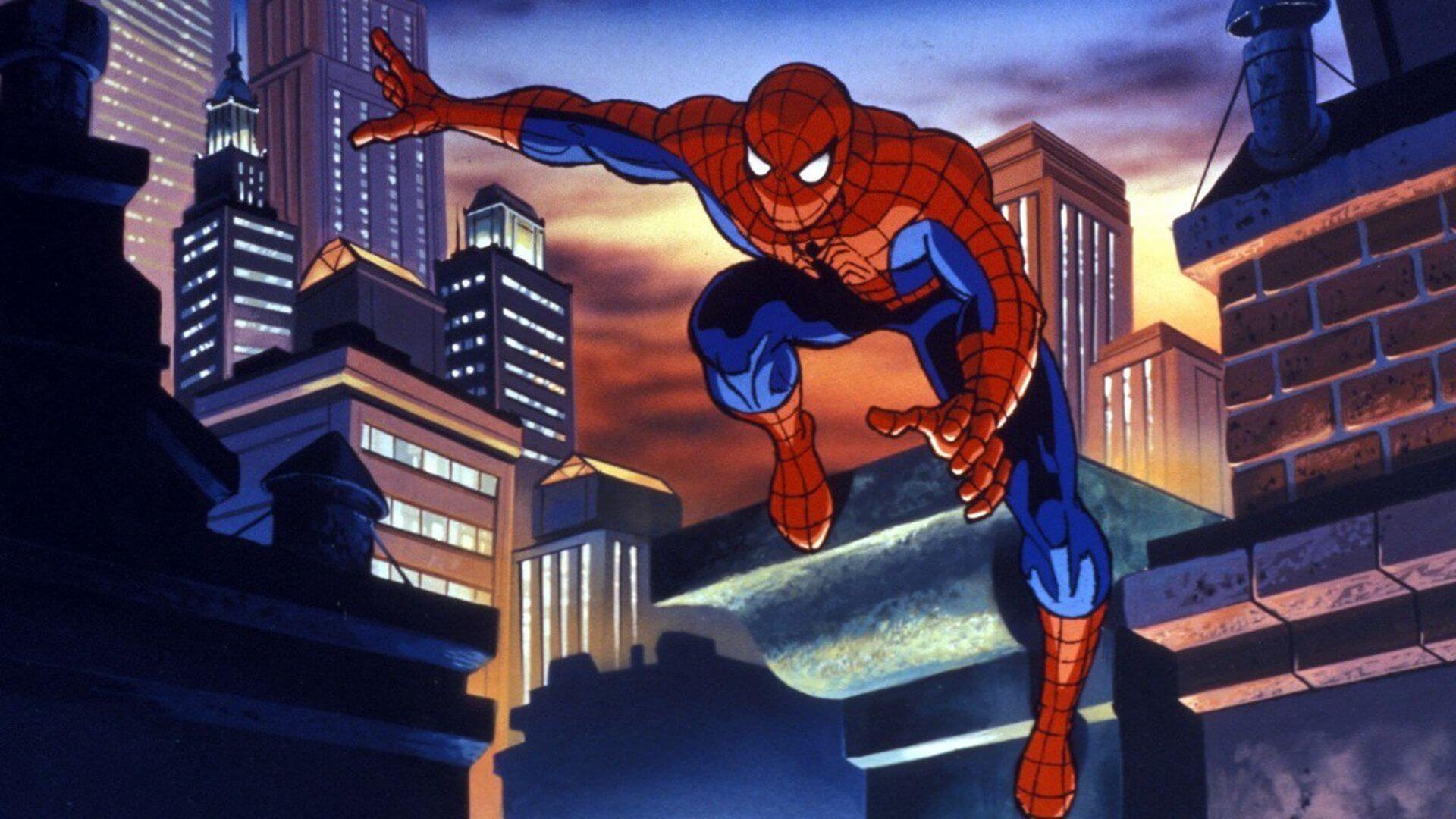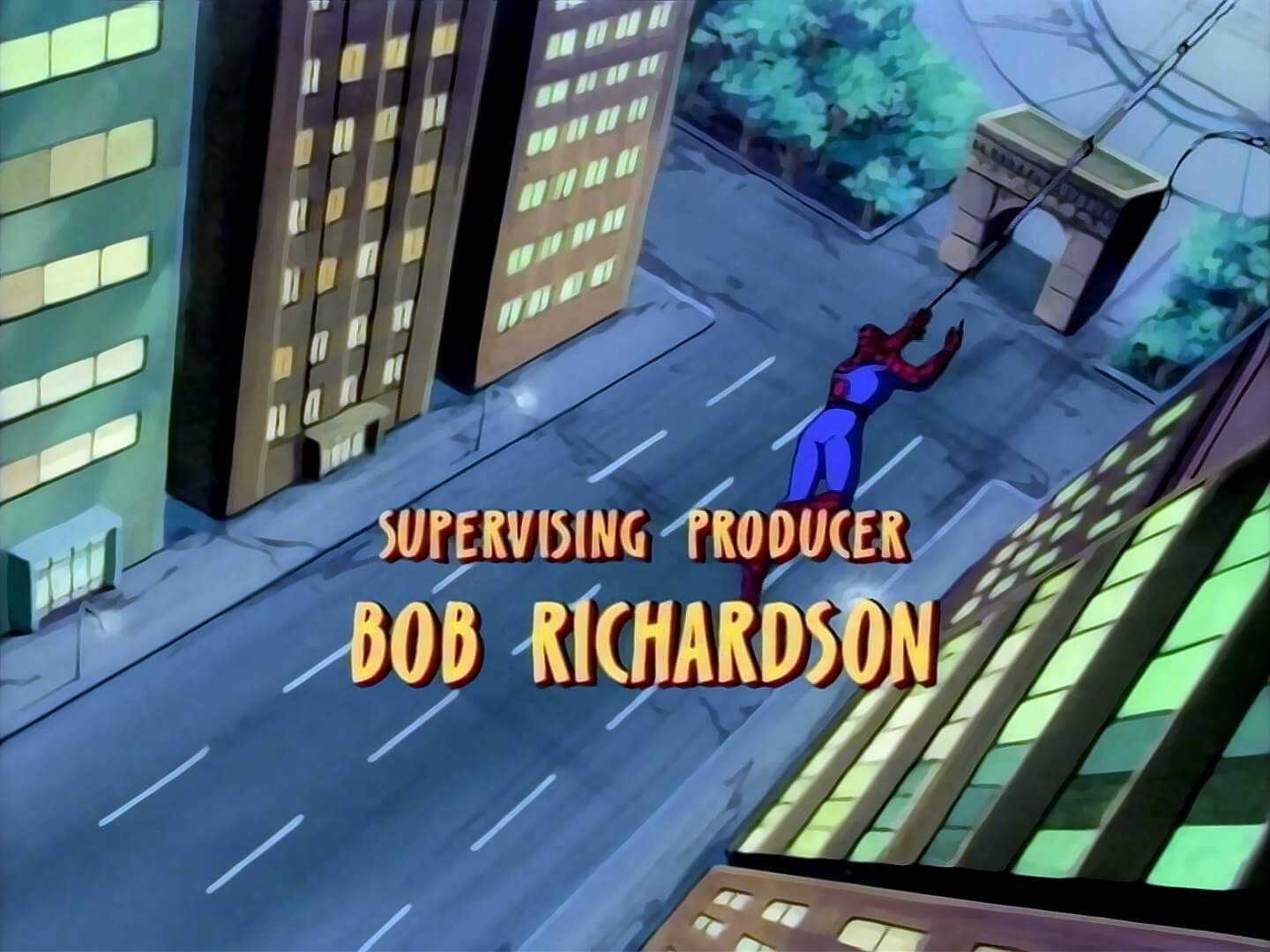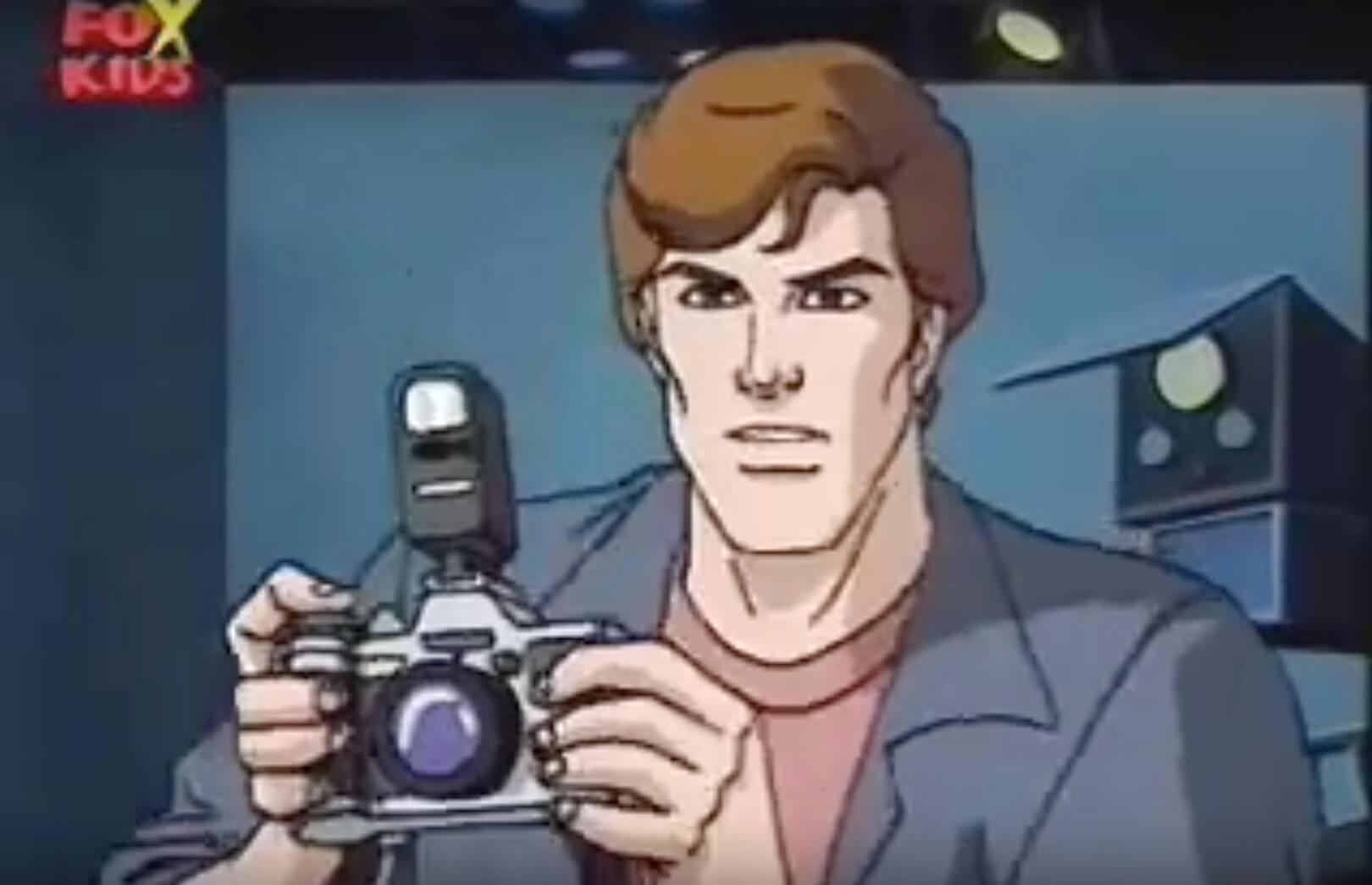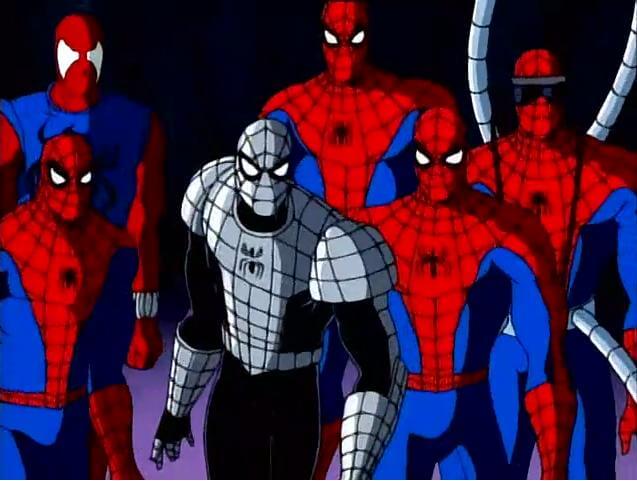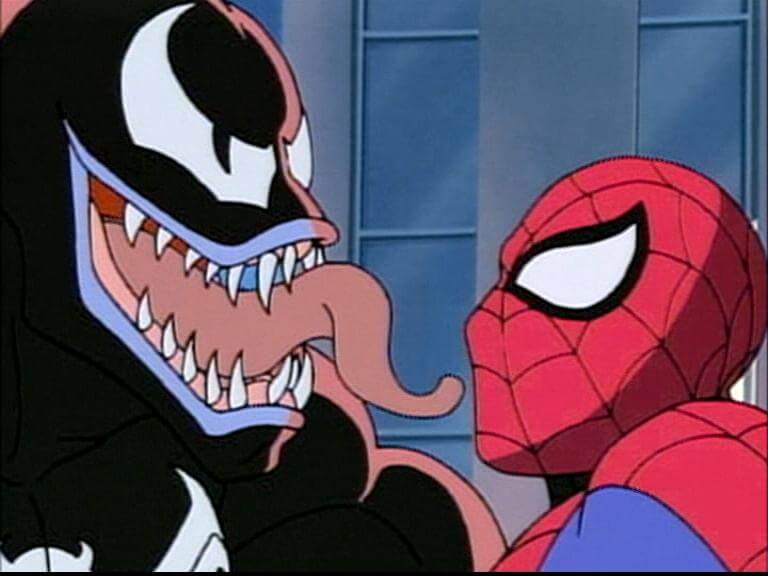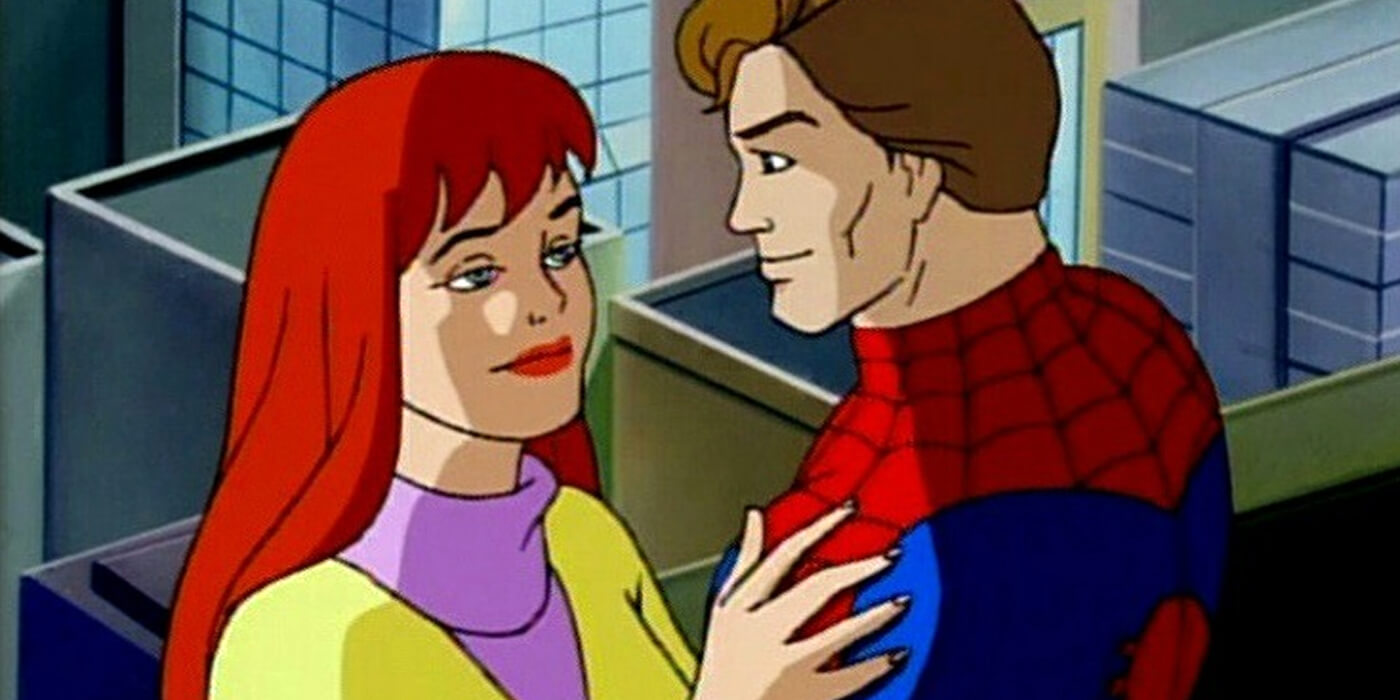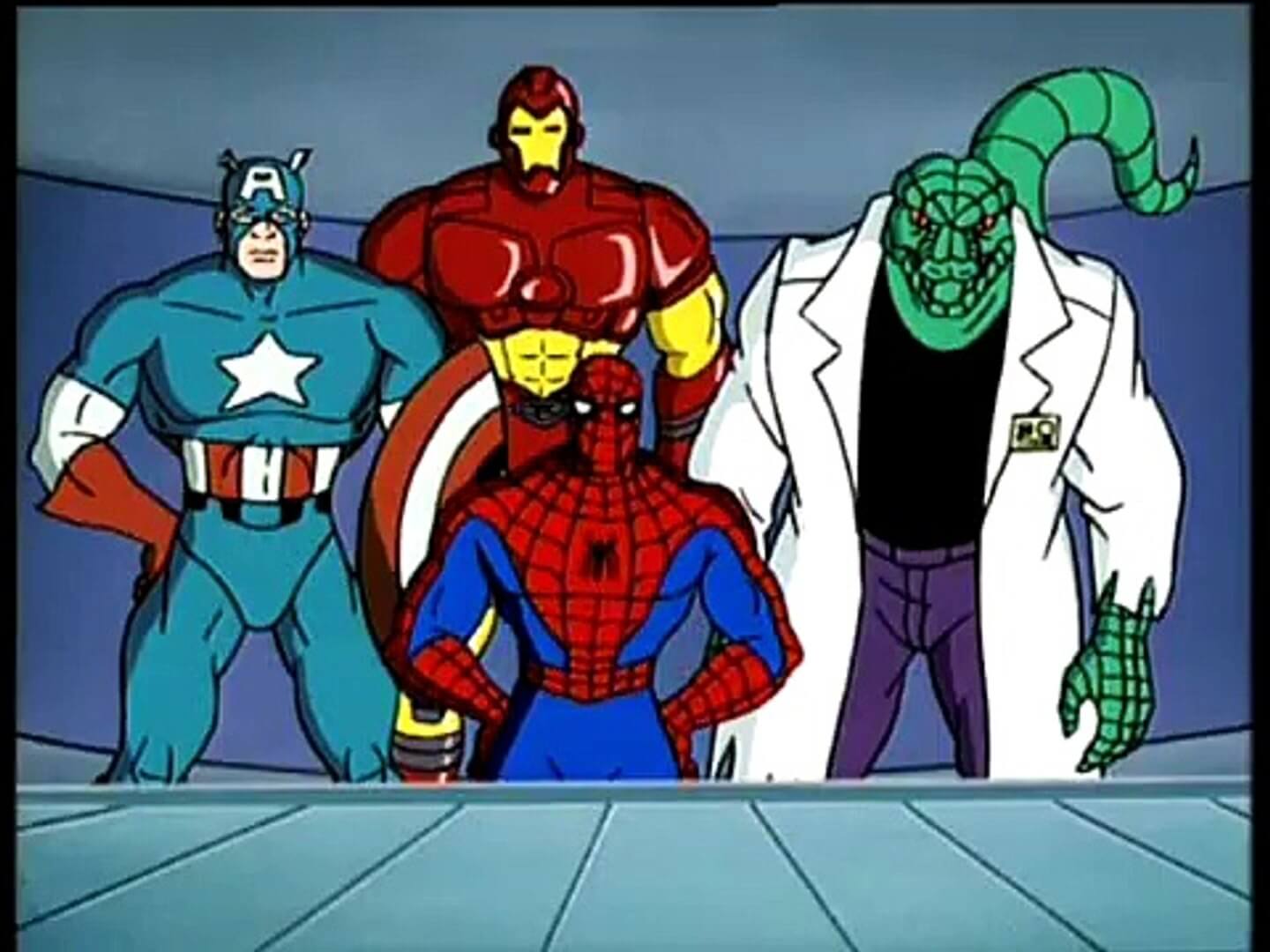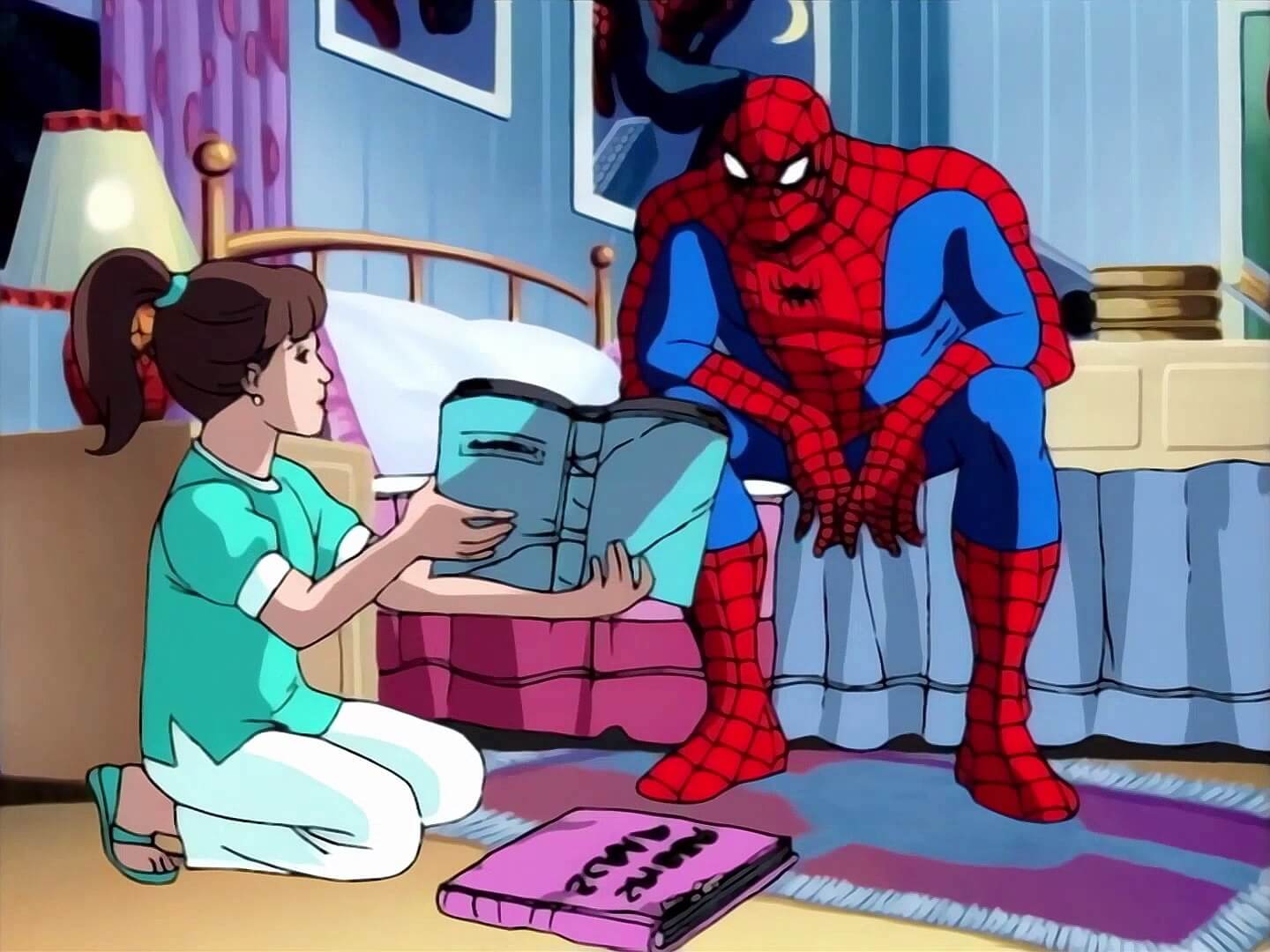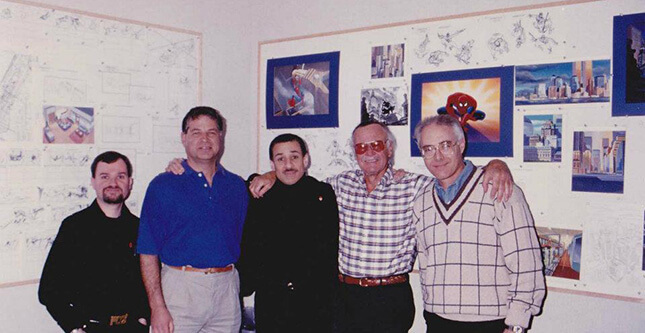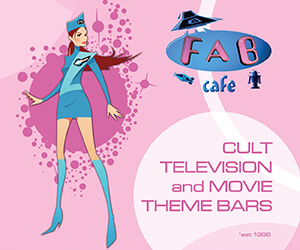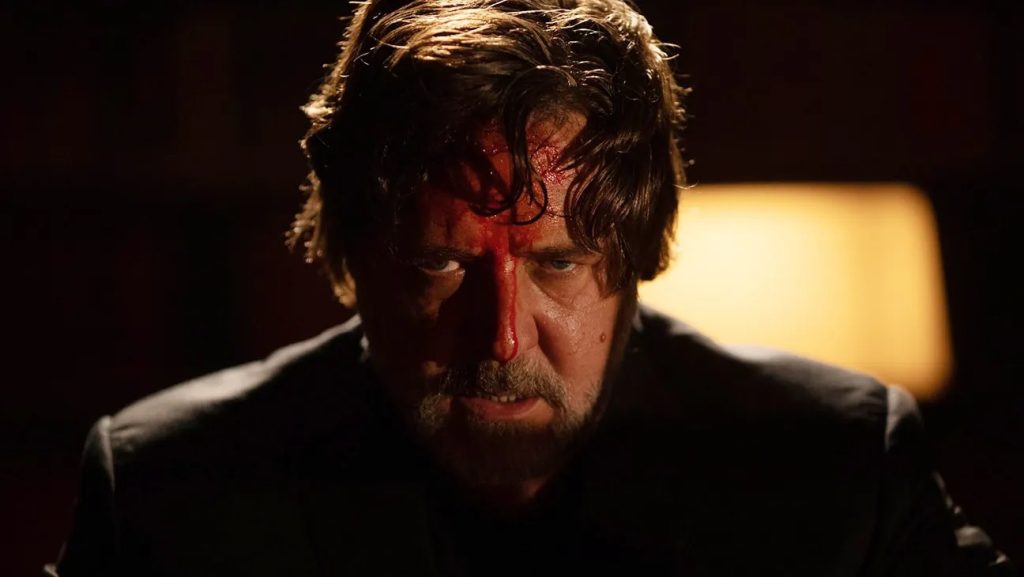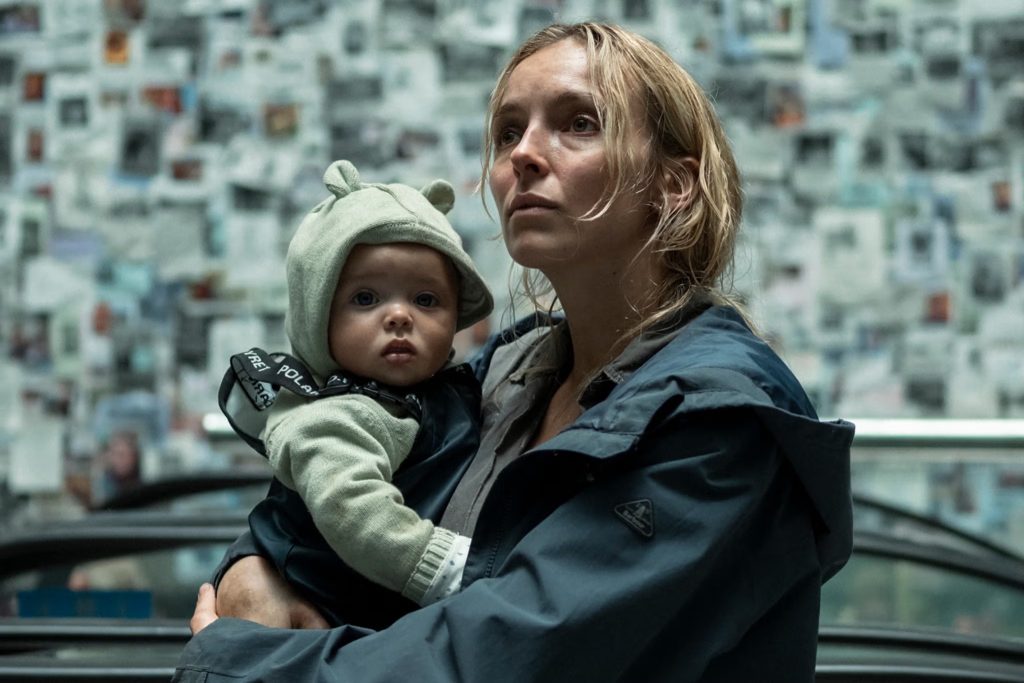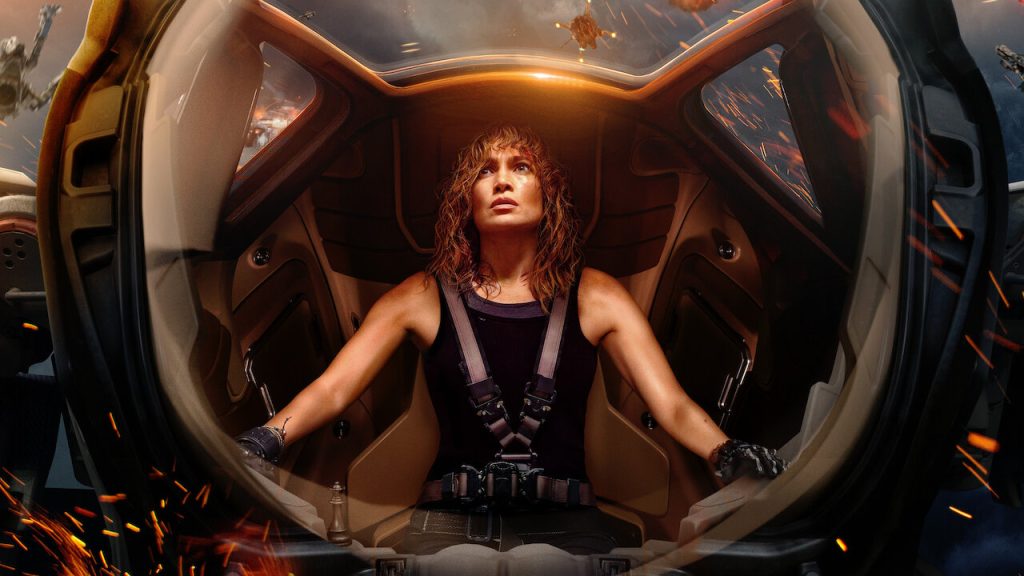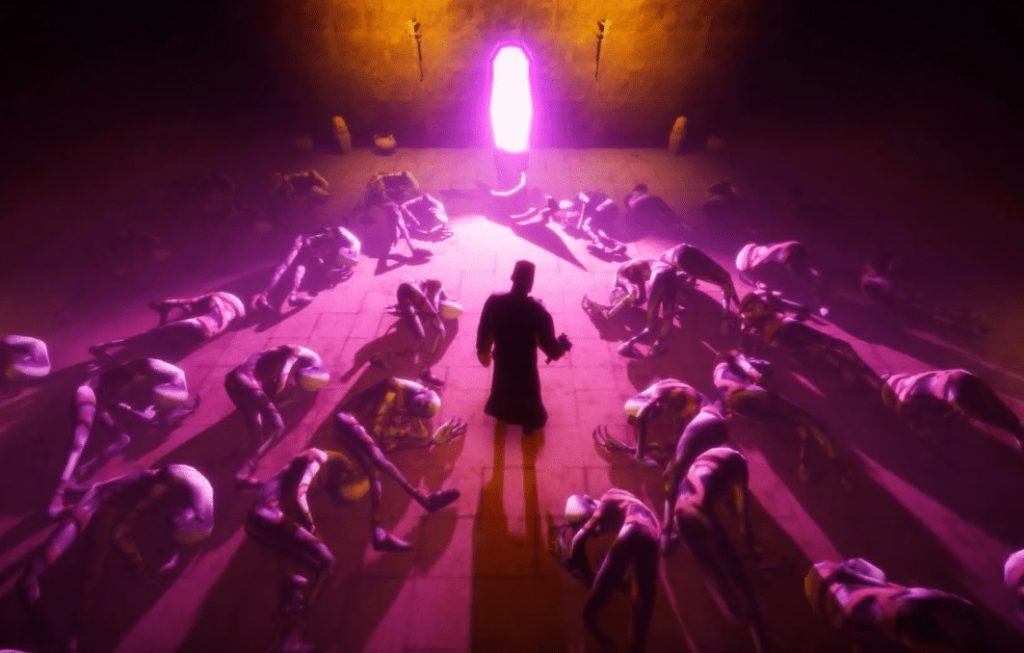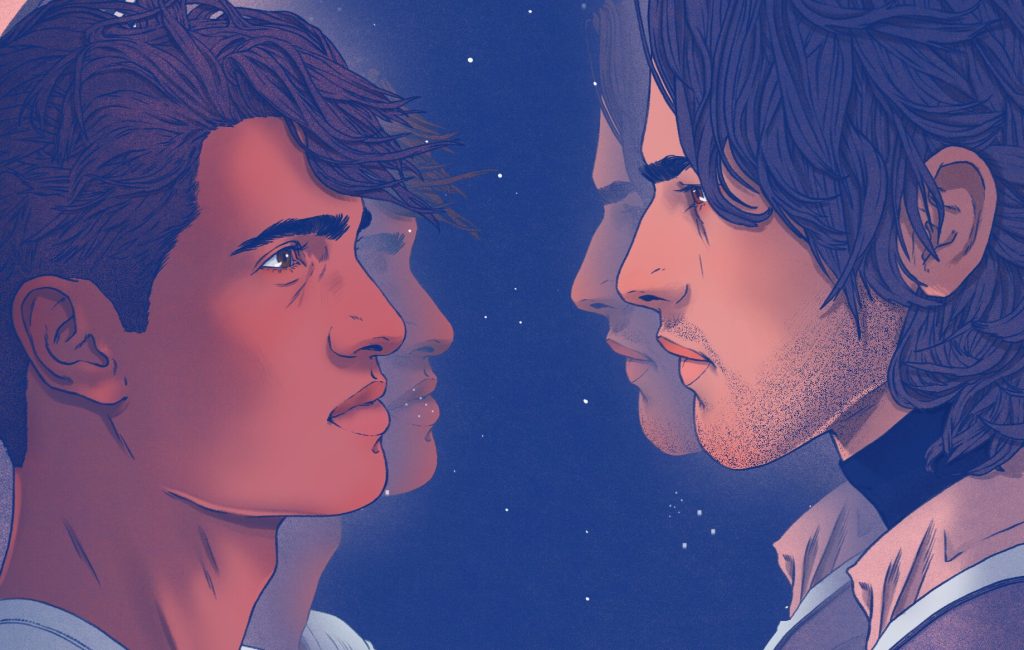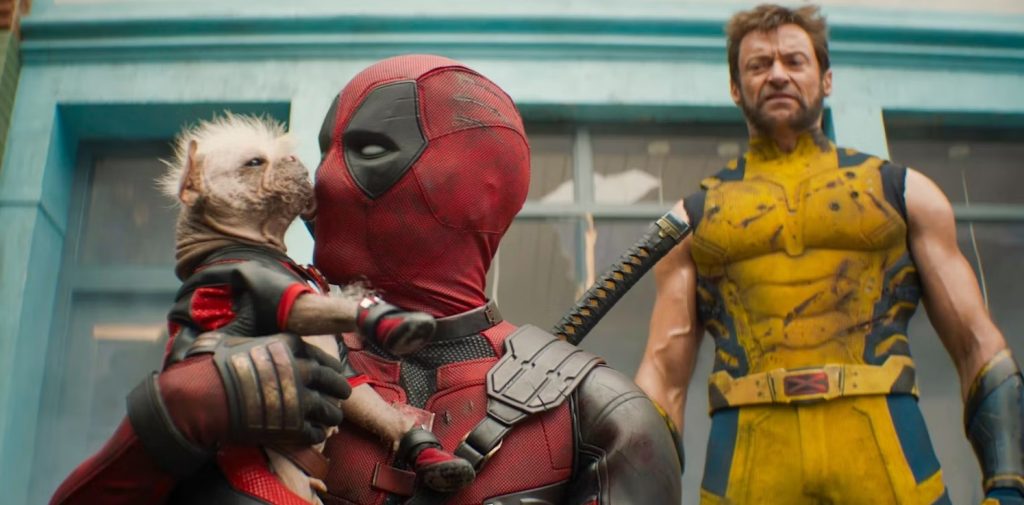Right up there as one of the truly great superhero cartoon shows of all-time, November 1994 saw audiences first treated to Spider-Man: The Animated Series on FOX Kids. Running for a total of 65 episodes over five seasons, many still revere the series as the definitive Spidey show to this very day – and now the show can be found streaming in all of its glory on Disney+.
One person who was there for the entirety of that run is the fantastic Bob Richardson – who served as the main driving force behind the show in his position as the supervising producer and director responsible for developing Spider-Man. To mark 25 years since Spider-Man first aired, we were lucky enough to grab some time with Bob last year to reflect back on this most beloved of animated offerings and discuss why Spider-Man: The Animated Series was so special, how the series was put together, getting to explore so many characters, and just why ol’ Web-head is such an iconic pop culture figure. First printed in an abridged format back in STARBURST #467, here is that chat in its entirety.
STARBURST: Before you began working in animation, were you a comic book/Spider-Man fan? If so, what were your first memories of Spidey?
Bob Richardson: As a kid, I always liked to draw and was interested in everything regarding animation and comics, from Disney to Marvel to Mad Magazine. These were all being done by artists and writers that I wished I could emulate in some way. Spider-Man was particularly interesting to me, because it was about a real boy in a real city with the same problems that normal kids might have. Then, suddenly he has superpowers – probably every kid’s dream at some time in their life.
I also enjoyed DC’s Batman and Robin, but it was less realistic in setting and more serious and dark, whereas Stan always managed to get humour into the comics he did. This addition of comedy elevated the writing and made it much more interesting, entertaining and relatable.
When did you first hear that Marvel Films Animation was developing a new animated Spider-Man series, and how did you become involved in the show?
Stan Lee knew me and my work from the days when I worked for DepatieFreleng and Marvel Productions. I was just finishing up producing and directing a series at Film Roman, and Stan asked me to meet with him and Avi Arad about creating a new Spider-Man series. Once I met with them, I realised that we were going to create from scratch a whole new studio called Marvel Films that would produce 65 half-hours of Spider-Man, and possibly other titles.
On a recommendation from FOX Kids, Avi and Stan had already hired a story editor that I was unfamiliar with to start writing the pilot episode and bible for the show. I immediately hired John Cawley as Coordinating Producer, who I had worked with at Film Roman, and Dennis Venizelos as Art Director and background painter, who I worked with at Marvel. These were two key positions that were necessary to start into production on the series. In addition, I hired a talented production designer and layout artist – Vladimir Spasojevic, with an architectural background – to design the real New York that our characters would operate in. I brought on Hank Tucker assisted by Bill Riling, to lead a tremendous storyboard crew. With some preliminary work by Mike Peraza, I hired Dell Barras to finalize most of the character designs based on several comic artists I was a fan of, such as John Romita Sr. For all the major props I employed Wayne Schulz and Donn Greer. I brought in Bob Shellhorn, who I had worked with before, to handle sheet timing. Our Colorists were Allyn Conley and Derdad Aghamalian. Eventually, we would add many more people to the staff to handle the huge workload of this complex series. With that much in place, we started preproduction, designing the series, as we were building out the studio and creating the pilot script and bible.
After some months, the design work was coming together nicely and we were finalizing the look of the series. Unfortunately, the writing wasn’t working at all and this would require a serious change. The week that we decided to replace the story editor, my mother died and my wife had a heart attack – all in the same week. This was not an easy set of problems at this stage of production, but with most of the key talent in place, we somehow managed. We did hire a fine writer and story editor, John Semper, and were able to solve the writing problems we were having, but a great deal of preproduction writing time was lost forever. John was helpful in getting some great writers, like Gerry Conway (who wrote the pilot episode), Mark Hoffmeier, Stan Berkowitz, Marty Isenberg, Len Wein, Marv Wolfman, and Brooks Wachtel, just to mention a few. After that, things went pretty well, until we had a damaging earthquake and had to clear out of the building until they could determine if the structure was safe (never ask: “What else could go wrong?”). Fortunately, this only took a week or two, because the damage was mostly superficial.
How did you set out to make Spider-Man: The Animated Series different to what audiences had seen previously from Spider-Man and his world?
Stan always envisioned Peter Parker/Spider-Man living in a real city, not a fictional city like Gotham. We intended to make our city as close to the real New York as was artistically possible. By the same token, we wanted a less cartoony look, with the characters designed in a more realistic vein to mirror the comics and fit the real city they lived in. That way, you had the great contrast of these unique and unusual Marvel villains showing up in our real city with a real boy trying to fight them.
We also tried to introduce some 3D landscapes into some of the action scenes to make the series that much more exciting. However, with very little budget for this type of animation and the fact that at the time this really hadn’t been done in a 2D series before, this created a real problem to make it work. After a great deal of searching and interviewing, we finally found a small gaming company that was willing and able to generate a certain amount of 3D background animation to help us augment certain scenes with dimensional movement for some of Spidey’s flying scenes. However, because of the limited money and time, as well as the complexity of adding this material, we could only do a very small number of scenes like this. And that brings us to your next question.
Having previously worked on Spider-Man & His Amazing Friends, what experiences from that show did you bring with you to Spider-Man: The Animated Series?
In that earlier time, networks didn’t feel they had to follow what had been established in the comics if they thought they could increase their audience levels by making changes to the original property. So, in the case of Spider-Man, suddenly, he had a dog (pets probably tested well with children). Even though he was a struggling student with very little income, they decided to have his bedroom rotate into a high-tech lab where he could create anything he needed, such as web shooters and webbing. So, with this completely unrealistic set piece built into Aunt May’s house, they lost some of the dramatic realism that made the comic so outstanding. We were determined to not repeat any of those sorts of things and the FOX Kids network was completely supportive of that.
When did you realise that you had something truly special in Spider-Man: The Animated Series?
First of all, I worked hard to get the right financial deal done with TMS, a Japanese animation company known for their high quality of work. We got them to take the entire 65 half hours, which was very unusual for them to do, but it made them a partner in the project (their producer was Koji Takeuchi). Also, we got Joe Perry of Aerosmith to do the Main Title Theme to give the series a contemporary feel. Along with this, I wanted a full orchestral score throughout the episodes and was able to get a fine orchestra and composer, Udi Harpaz, in Israel to handle this at a cost we could afford.
My supervising editor, Richard Allen, set up the editorial department and staff, as well as a digital edit system, to make sure we could fine tune the digital picture elements as efficiently as possible. We had the sound and mixing done by Advantage Audio, a great facility run by Jim Hodson and Bill Koepnick. The final masters were done at Complete Post under the experienced supervision of Dennis Graham.
With all this in place, we felt that the series had great potential, but until we started seeing the finished episodes put together, you always have your guard up. Even so, if you’ve been in this business for any length of time, you know that it doesn’t take much to have everything go to hell, especially when you have 65 episodes to complete and deliver on time. The possibility of failure on some level always exists.
We did have some errors in the final season of shows. These last scripts were the most complicated to do because of the amount of characters and action in them. Unfortunately, these scripts were also about three months late. Because of this, the animation got more rushed, which always hurts the quality. In addition, last minute retakes were dropped in wrong in post, and I could not get upper management to okay a redo on the tape masters when we discovered the mistakes.
Spider-Man was one of the first animated shows to feature season-long narratives rather than one-and-done stories. What prompted the decision to go in that direction with the series?
Normally, in reruns, the network will change the order in which the episodes air to give it a fresher look, but if there is a continuing storyline, that makes that almost impossible. John Semper was an advocate of the season-long narrative and convinced everyone that it could work without hurting the network’s adjustment of series order in reruns that much. I would say it worked to a degree, but some episodes needed to be kept together in their original order when they were moved around.
What, if any, restrictions were put in place on the series?
There was an increased sensitivity to violence by the time we did our series, and the network’s Broadcast Standards and Practices people would look at various issues they felt were inappropriate for children. One thing that was somewhat annoying, was that because Batman had started earlier and was more cartoony, they let them do much more action that was considered “violent” than what they would allow us to do. We had more restrictions, because they felt that since our series was more realistic, it would have more of a negative effect on kids if the content was too violent.
Another restriction had to do with James Cameron, who was planning a live-action Spider-Man and had in his contract with Marvel exclusive rights to use the character Sandman – so we couldn’t use him.
Is there a particular run of episodes or a story arc that stands out as your favourite?
I’m particularly proud of what we did with the The Alien Costume series with Venom, but I’m also a big fan of what we did with the Kingpin, the Green Goblin, the Lizard, Hobgoblin, and the Black Cat, who I think is a great female character. Marvel has so many fantastic characters; it’s hard to choose a favourite, so we squeezed in as many characters as we could in the series.
Prior to Spider-Man: The Animated Series, X-Men and Batman: The Animated Series had both achieved major success. Were there any conversations of potentially taking Spider-Man in a darker direction similar to the Batman show?
We were trying to make Spider-Man adhere to the original concept that Stan envisioned for the comics, which was so unlike Batman, that as much as we liked that series, we were not trying to emulate it in any way.
Likewise, X-Men had its own style to govern it and it wasn’t anything that we wanted to try and copy, either. Our goal was to give our series its own unique style and look and still keep true to the vision of the comics.
Of the multitude of villains featured throughout the series, which one was the most fun to bring to life?
The characters that we had to play with were all so interesting that it’s hard to pick any one, but I particularly liked the character of Kingpin, who we made into a central figure located in the Chrysler building and voiced by the outstanding, Emmy nominated Roscoe Lee Browne.
Part of the fun of doing this series was the amazing voice talent that our voice director, Tony Pastor, brought in to give these characters life. Besides Roscoe and a slew of wonderful actors, we had some big names like Ed Asner, Joe Campanella, David Warner, Efrem Zimbalist Jr., Hank Azaria, Mark Hamill, Earl Boen, Martin Landau, Dorian Harewood, Paul Winfield, Eddie Albert, Brian Keith, Jonathan Harris, Malcolm McDowell and many, many more.
Bar a fleeting appearance, why did the show purposely steer clear of including Gwen Stacy?
I think we wanted to concentrate on Mary Jane as Peter’s love life and avoid the whole Gwen Stacy death issue in Spidey’s fight with Green Goblin. Also, it was always a little wacky, from a story point of view, what Gwen actually died from: the shock of the fall; Spidey’s webbing breaking her fall and her neck and so on. Likewise, we weren’t really looking to get into the alternate universe of Gwen as Spider-Woman.
Were there any comic book Spidey stories that you wanted to adapt but didn’t have a chance to?
Before Marvel Films shut down, we were prepping for a series about the Silver Surfer and the development was looking pretty exciting. However, if we had the chance to do additional stories beyond the 65-episode order, we would have had fun breaking some new ground with the characters as well as doing the classics that everyone is familiar with.
Unless we had a Netflix contract, we would probably have to avoid stories like Shred, where Curt Connors as the Lizard eats his own son, Billy, before Spidey can get to him. We might even have done the Gwen Stacy backstory to see how that affected Peter/Spidey as a superhero and how Mary Jane helped him get past his grief over her death. Anyway, I know that John Semper had a number of stories he wanted to do that didn’t get made in the original 65-episode package.
The series was reportedly cancelled due to a disagreement between Avi Arad and FOX. What do you remember of the decision to cancel the series?
That is what has been alleged, and if it’s true it was probably a money issue, but you would have to talk with Margaret and/or Avi about that, because I’m not really at liberty to discuss it.
If the show wasn’t cancelled, how long do you realistically think it could have run for?
That’s a tough question, but realistically not more than a year or two at most. A major problem would have been getting TMS to continue doing the animation. I think we exhausted them doing the first 65 episodes.
Was there ever any talk of you being involved in the Spider-Man Unlimited series that began in 1999?
If there was, I never heard about it.
With Spider-Man Unlimited being cancelled after one season, are you aware if there were ever any discussions to bring Spider-Man: The Animated Series back?
So many changes happen in the film and TV business, that this was probably considered an impossibility to bring this exact series back once the studio and staff was disbanded and all had gone their individual ways. Personally, I was never contacted to try and restart what we had done before.
Since debuting back in 1962, Spider-Man has continued to be arguably the most popular character in comics. What do you think is the secret to his longevity from generation to generation?
Spider-Man is a great character that is very relatable to young audiences – a kid, who is kind of an outcast, without wealth or status living in a realistic city, New York, who suddenly finds he has tremendous powers and has to learn how to handle this in his daily life. You add Stan’s humour to that kind of relatable drama, and you have a winning recipe for any young audience to appreciate all the way into their adulthood.
Similarly, to this day many people view Spider-Man: The Animated Series as the definitive Spidey cartoon. Why do you think the show still holds up so well and has such a strong fan base?
Despite all the problems of production, we had a wonderful crew working on this series and wonderful actors doing the voices. The bosses – Stan and Avi and FOX Kids – wanted the best series we could make within our budget and time restrictions, and that allowed us to make the most of Spidey and a lot of the great characters that Marvel had in its library. I think that all the film issues that we solved – good writing, quality animation, wonderful music score and title theme – along with good design and use of CGI where we could, helped make this series a classic.
Bob Richardson, shown on the far right here
What are your fondest memories of being involved with Spidey throughout the years, and in particular being involved in Spider-Man: The Animated Series?
On this series, I had such a great crew that always gave their all even with the script delays that we had at the beginning and then toward the end. They made my job that much easier, by always giving me their very best efforts.
During all those terrific Spidey years, I got to know Stan very well, and he was such a great friend and mentor that even after I was no longer involved with the shows, doing other projects, we continued to converse by email and we always tried to make each other laugh at something in life or about the crazy film business. That’s a lot of years of enjoying Stan’s high energy and joyful outlook. I miss him tremendously.
Spider-Man: The Animated Series can now be found housed on Disney+.

